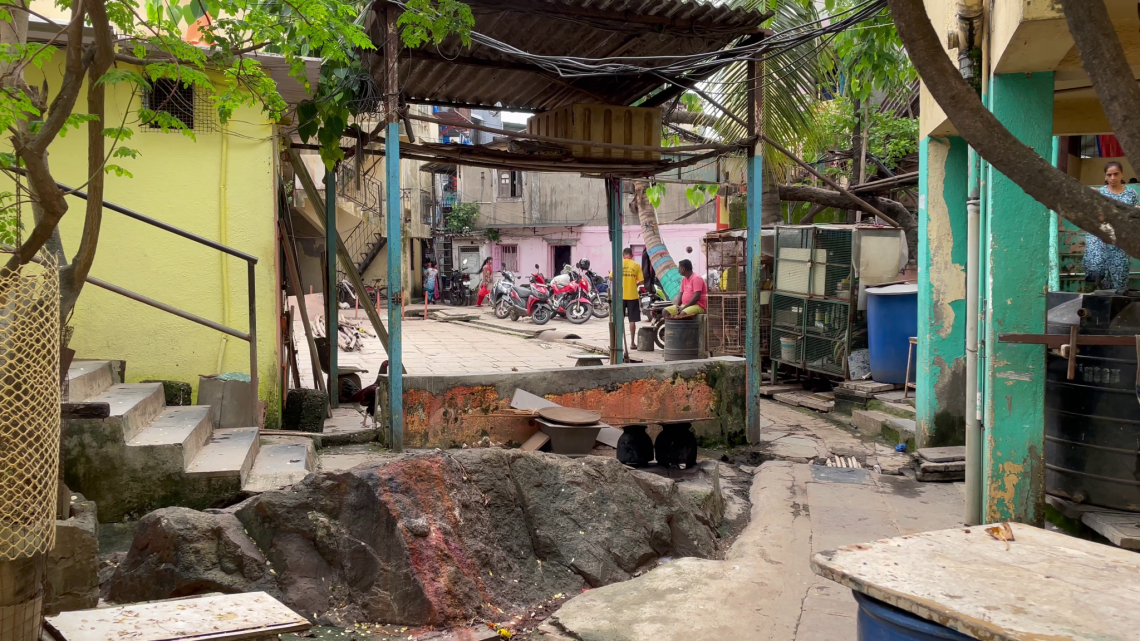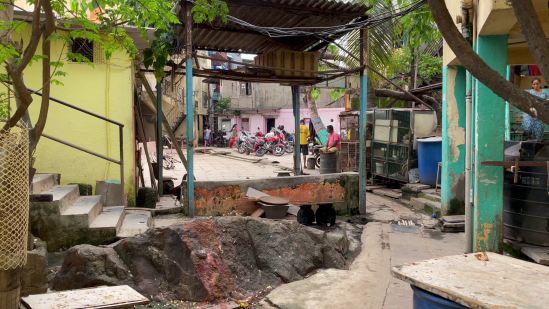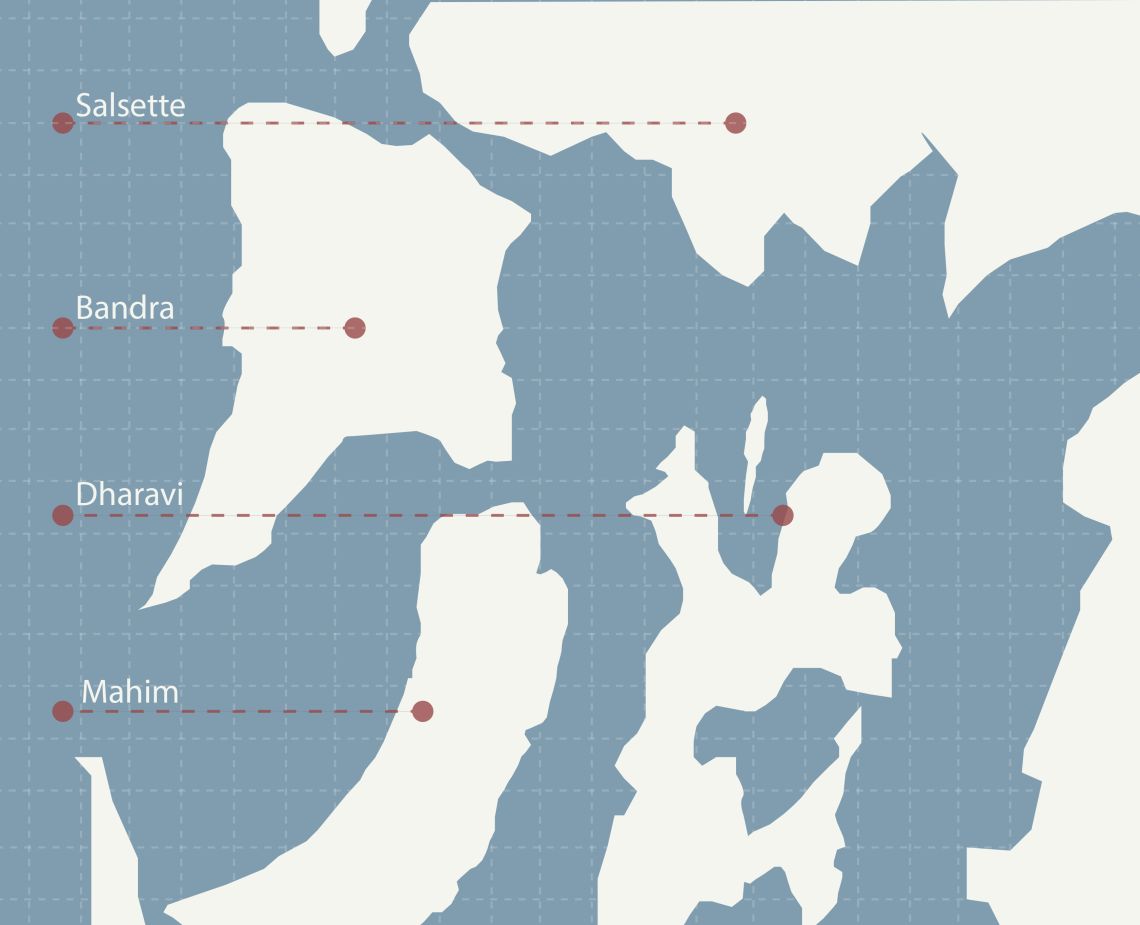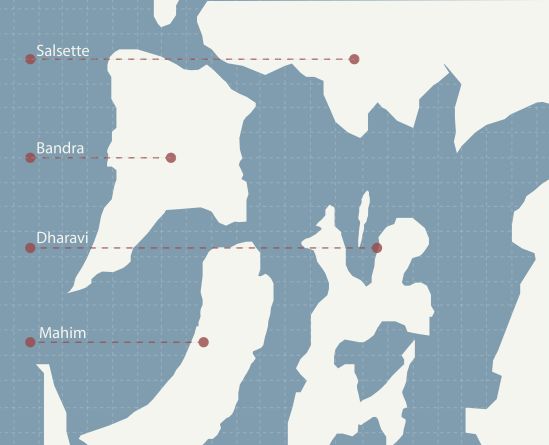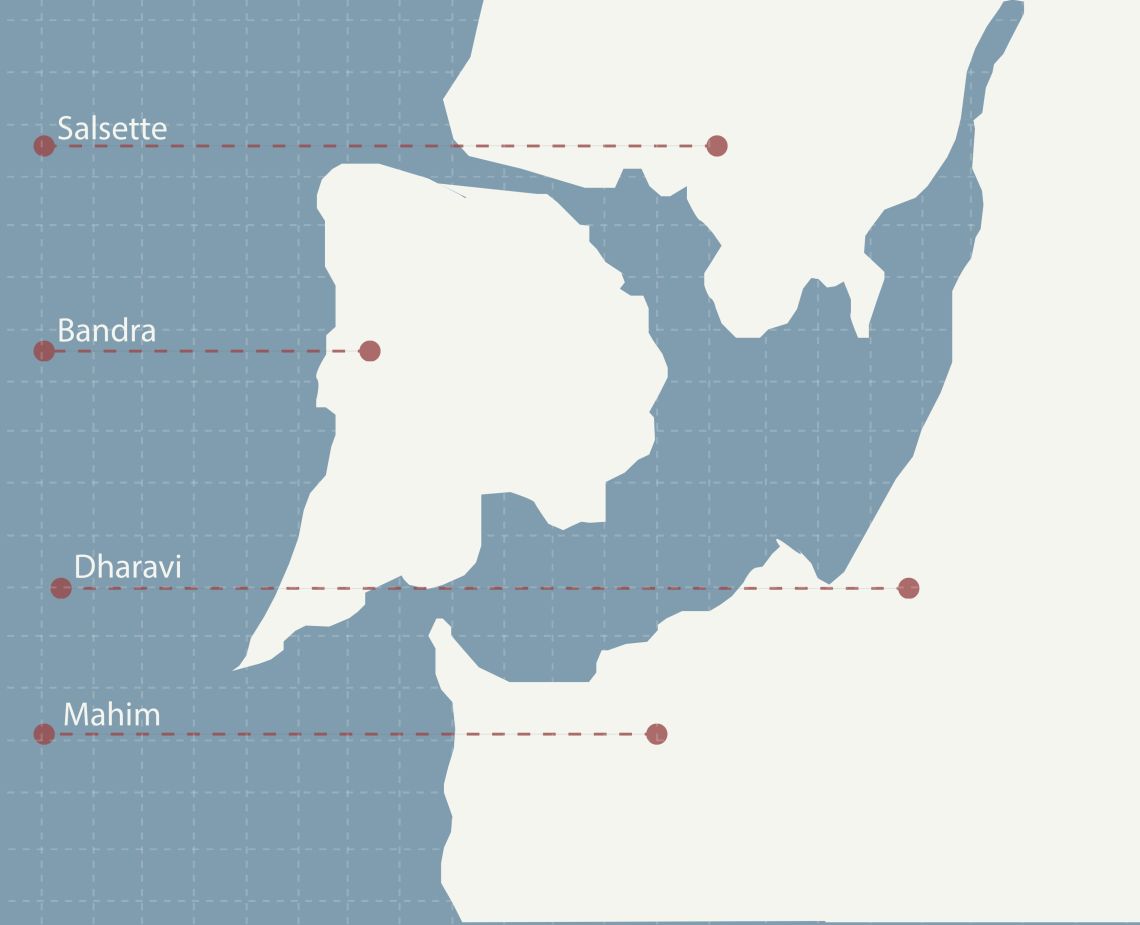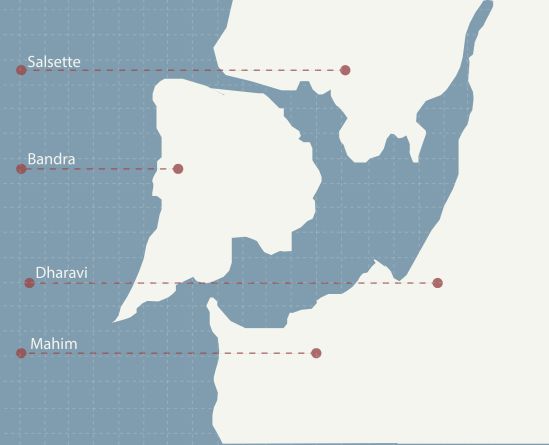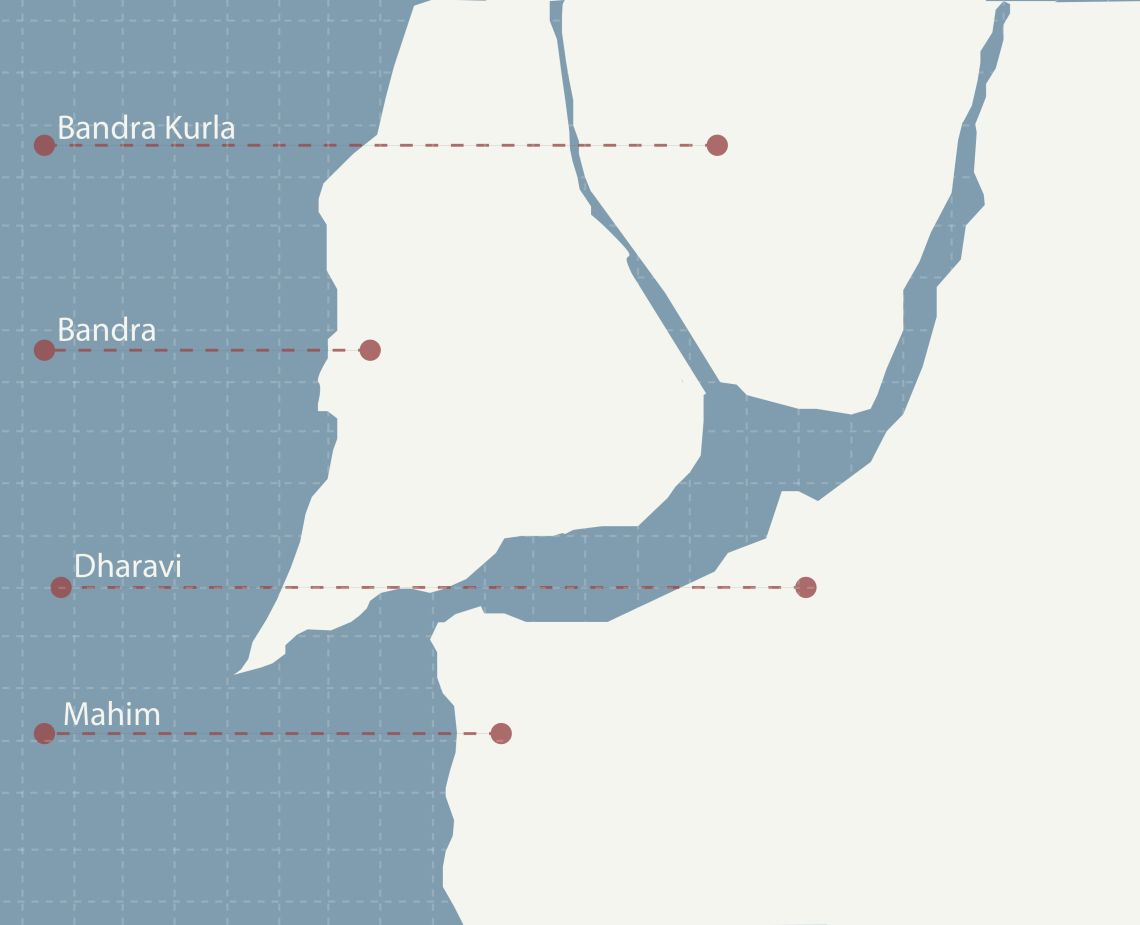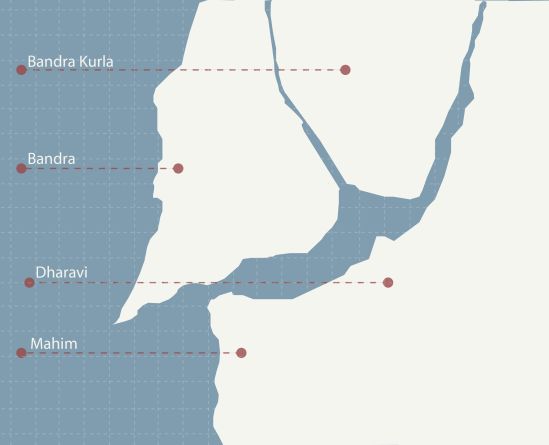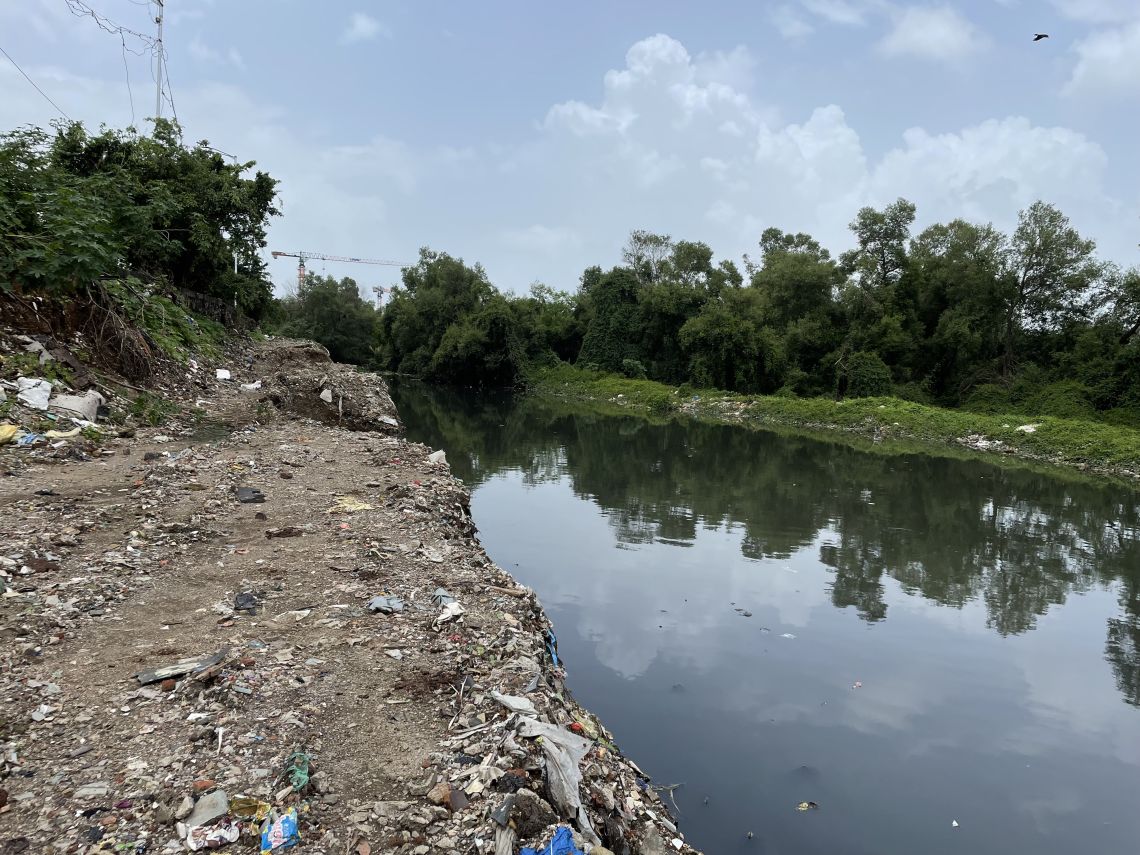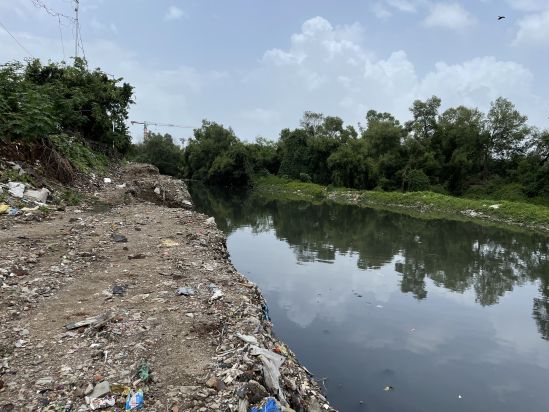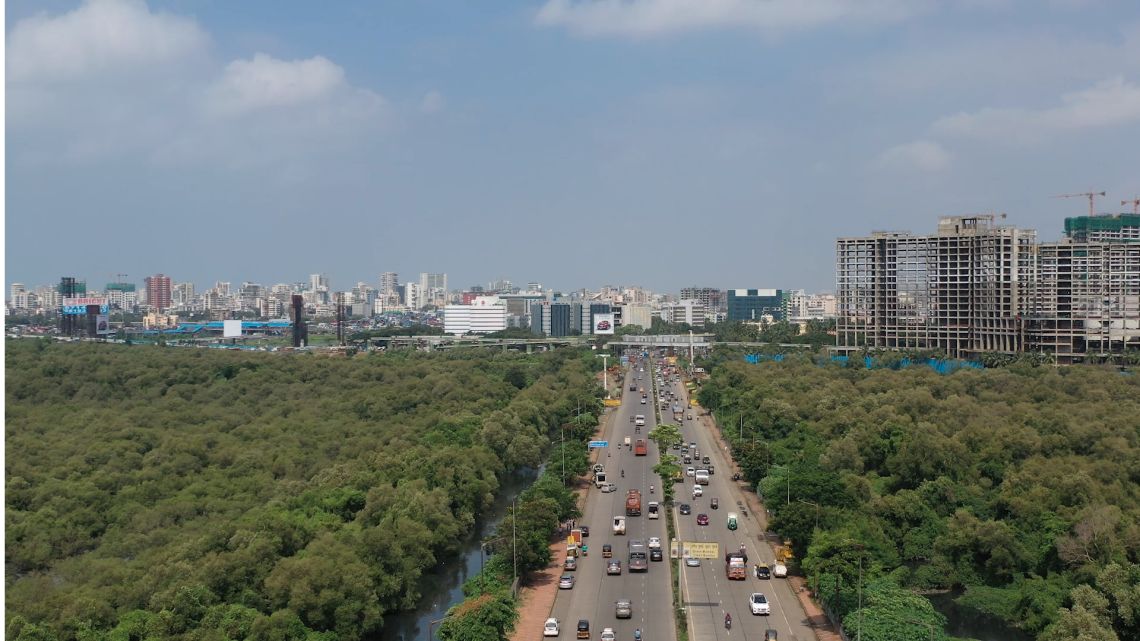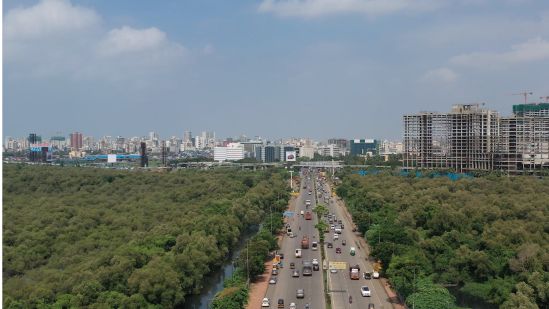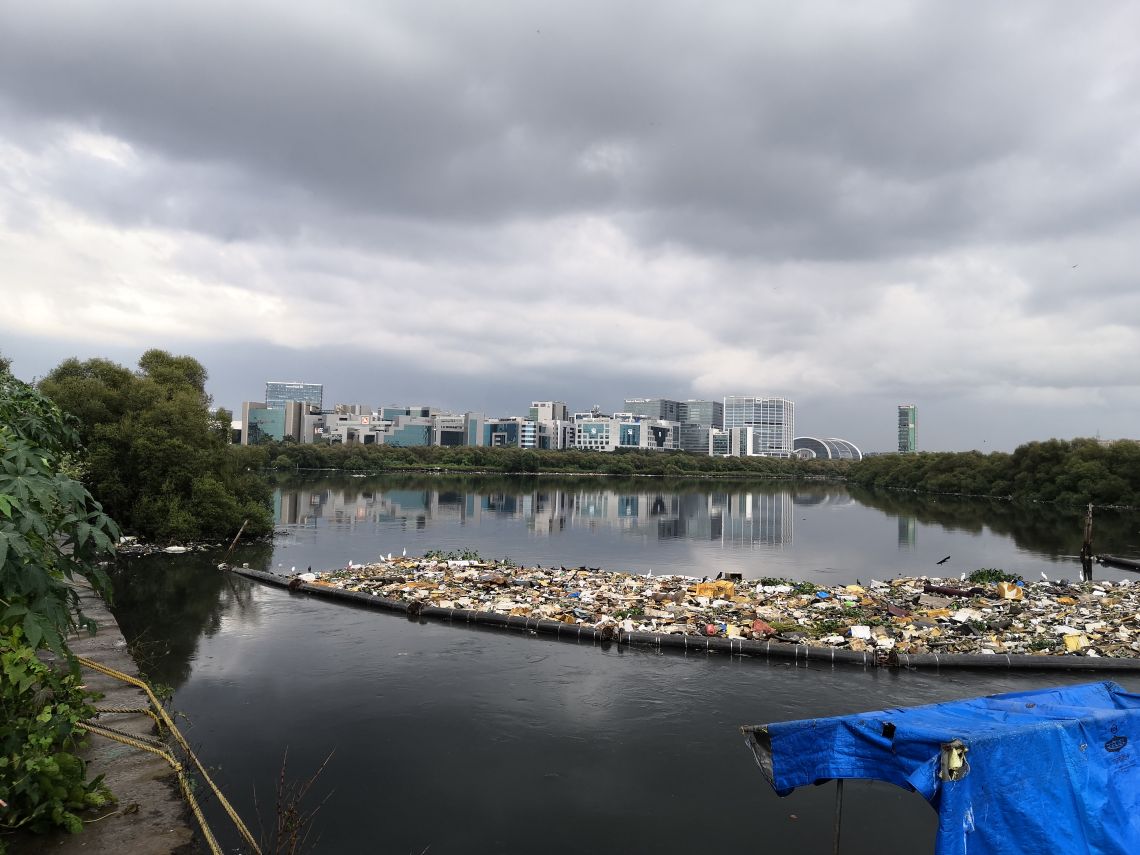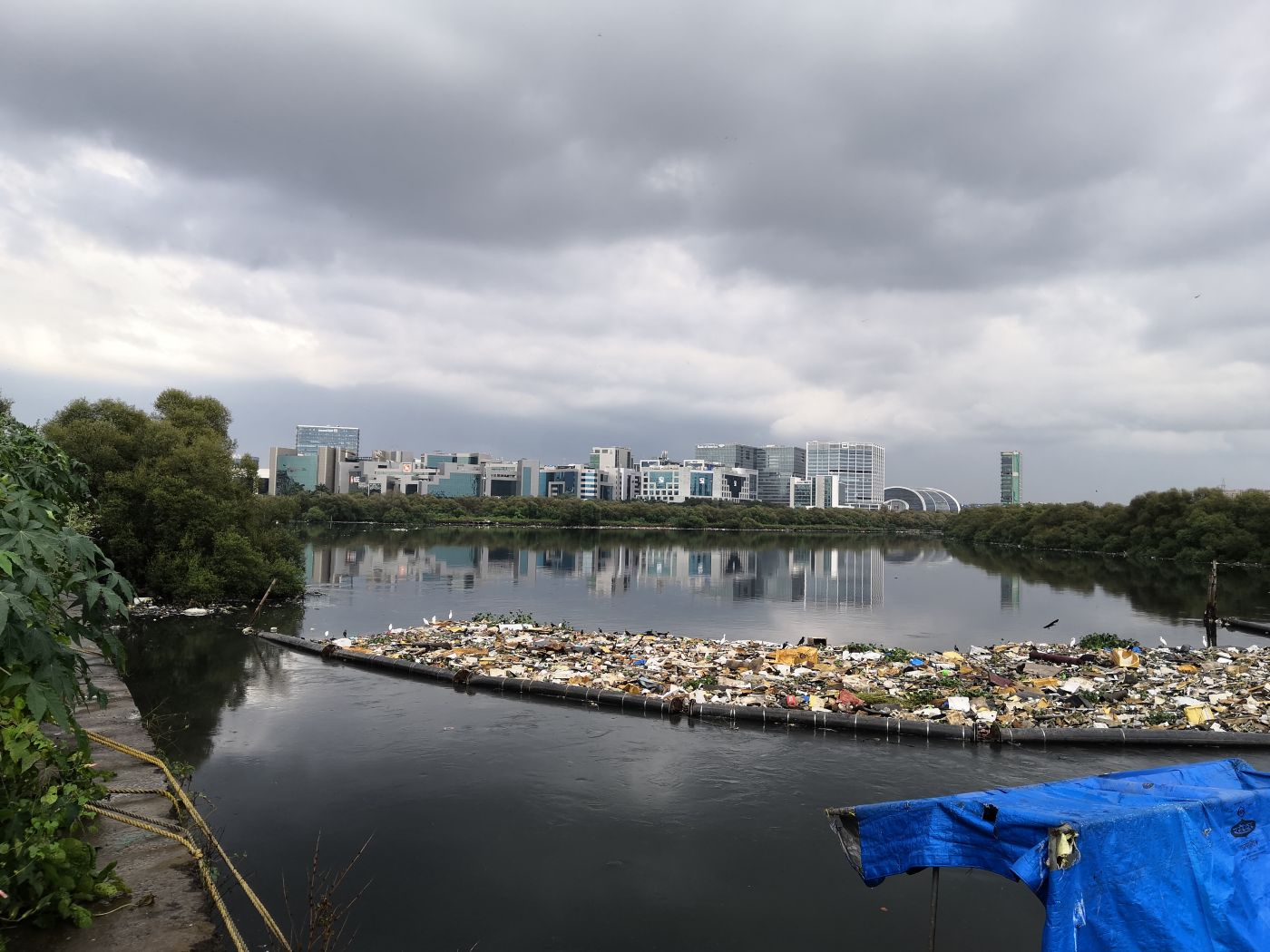On urban and ecological memories: What makes a Koliwada?
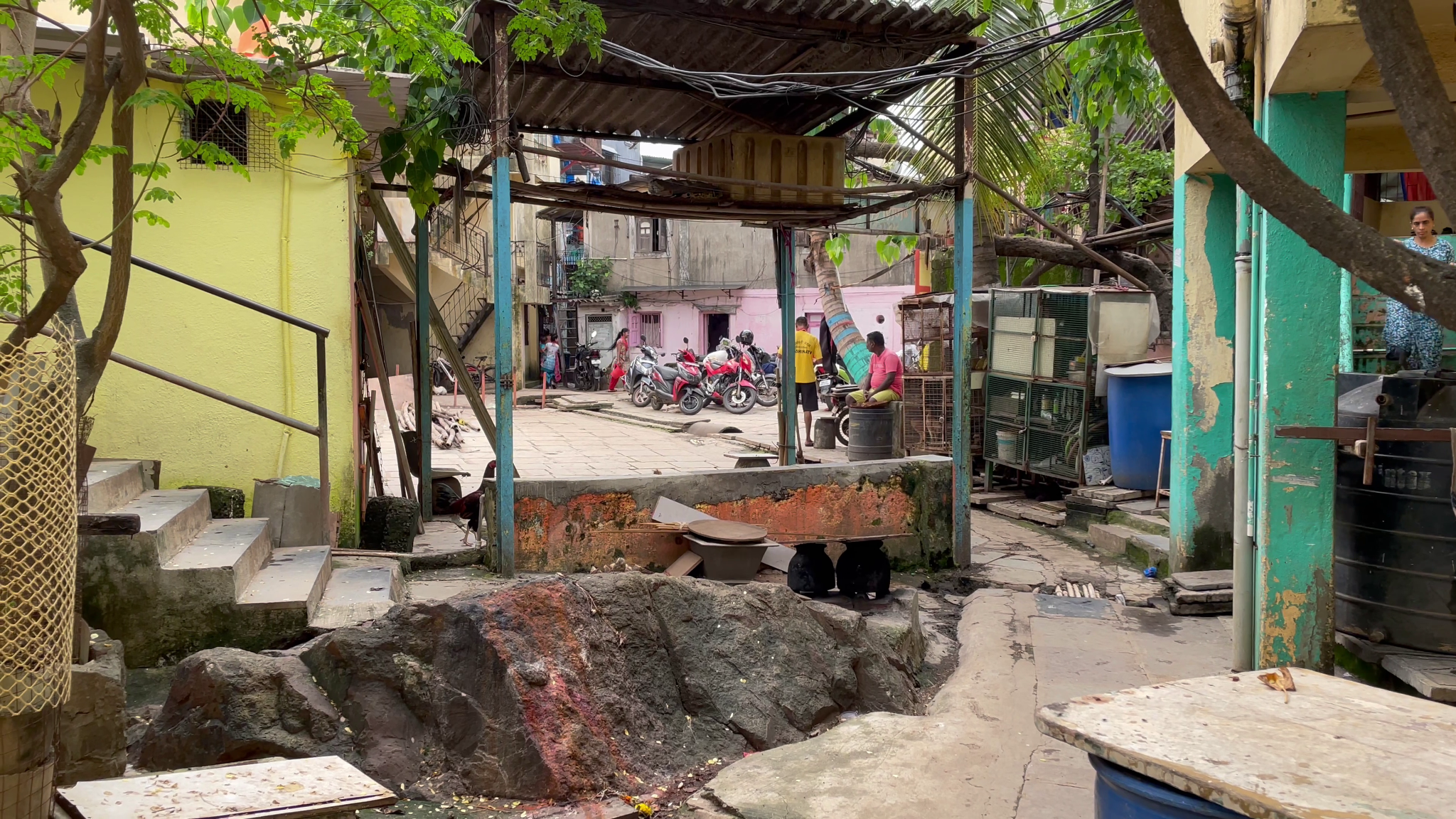
On urban and ecological memories: What makes a Koliwada?
Urban memory is the language in which a place and its inhabitants speak to each other. It doesn’t say much about how a city or any other urban space within it is, was, or could be; as much as it does about what its dwellers and any other actor involved in it wants them to be in the larger economic and sociopolitical context.
As opposed to the objectivity claimed by history, memory lines up with the ways in which groups, collectivities, and nations construct, relate to, and put forward particular narratives about historical periods, events, or identities.
Although the memory of a group might seem stable, enclosed and timeless, processes of memory production, in which some aspects of the past are remembered and highlighted and others are reinterpreted, neglected, or even forgotten are constant, dynamic, and interactional - if the past cannot be changed, the way to look at it certainly can, or even what is considered “valid” to look at.
Urban spaces and morphologies, as markers of identity, are not spared of being products and expressions of these narratives, affirming, contrasting or contesting the latter. As anthropologist Smriti Srinivas suggests, urban memory provides a "means of accessing how various strata of society and different communities construct the metropolitan world”.
For the Koli population of Dharavi Koliwada, the Mithi River is a prime instance of urban memory. As part of present-day Mumbai’s original inhabitants, these indigenous communities of fishermen always lived within the proximity of land and water. Passed-down ancestral knowledge of tides, river flows and fishing techniques enabled them to forge strong ecological bonds with the environment, on which their livelihoods also relied heavily. Koli children from Dharavi Koliwada would pet the fish and learn how to swim in the Mithi when the creek’s sand was still white. Men would undock their boats to get the daily catch, which women would later sell in their preferred markets and cook in their kitchens. Some of the major festivities like Narali Poornima or Ganesh Chaturthi are also related to the sea and river waters, as well as the previous creek level’s bedrock, integrated now within the urban landscape as places of worship.
In the aftermath of independence, the city’s exponential urbanisation and growth didn’t seem willing to accommodate but rather to submerge - quite literally, as Kolis lost control over traditional waters - these urban villages into its larger “modern” aspirations, eventually expecting them to disappear. State-led encroachment and reclamation of intertidal lands for urban development, massive dumping of solid and liquid waste, and uncontrolled growth of mangroves for decades made it impossible for Kolis to keep on fishing customarily.
In Dharavi Kolivada, the turning point was the Bandra-Sion link road construction in the 70s, on the transitional lands between the high-ground and the Mithi river creek water.
Modifying the cityscape through reinterpretation, disproval or clearance of memory places directly impacts and influences the community's collective cultural identity for which it speaks. In fact, this was an invaluable loss for the community, as the deep and centuries-long connection with the creek was severely damaged. More so when this ancestral connection goes far beyond mere their fishing occupation. In the creek’s waters, a whole identity universe related to rituals, food, language, and knowledge still flows its way through the city, despite its shrunken riverbed.
However, the local authorities refuse yet to recognise it. A few years ago, a government representative asked some of the members of the community:
“What is the definition of Koliwada? - A place where fishermen live, that place is called Koliwada. So now the place where there are no fishermen, then how can you call this place a Koliwada?”. Reducing Dharavi Koliwada - and all Koliwadas for that matter - and its residents to a single narrative of fishing dismisses the existence of an urban memory of the village and its ecosystem, and thus aims at the erasure of the community’s identity(ies). But this doesn’t translate into their integration into the larger “modern” city either, even when in present times they are also architects, lawyers, or doctors. Either seen as archaic, moss-grown Koliwada or in need of redevelopment as a slum, what lies underneath these imposed, homogenising narratives - tinted also with casteism - are attempts at erasing urban memories that question the dreams that Mumbai was built to manufacture and sell, embodied by the neighbouring Bandra Kurla Complex.
Acknowledging the multiplicity of identities overlapping within the Koli community, while at the same time recognising the value of its unique urban and ecological memory, especially in the context of the current global climate crisis, is, therefore, crucial to both the city’s accessibility and sustainability. At the same time, it allows the production of a new urban memory of Mumbai: one that, instead of being linear, gathers and perceives all of its tributaries.
